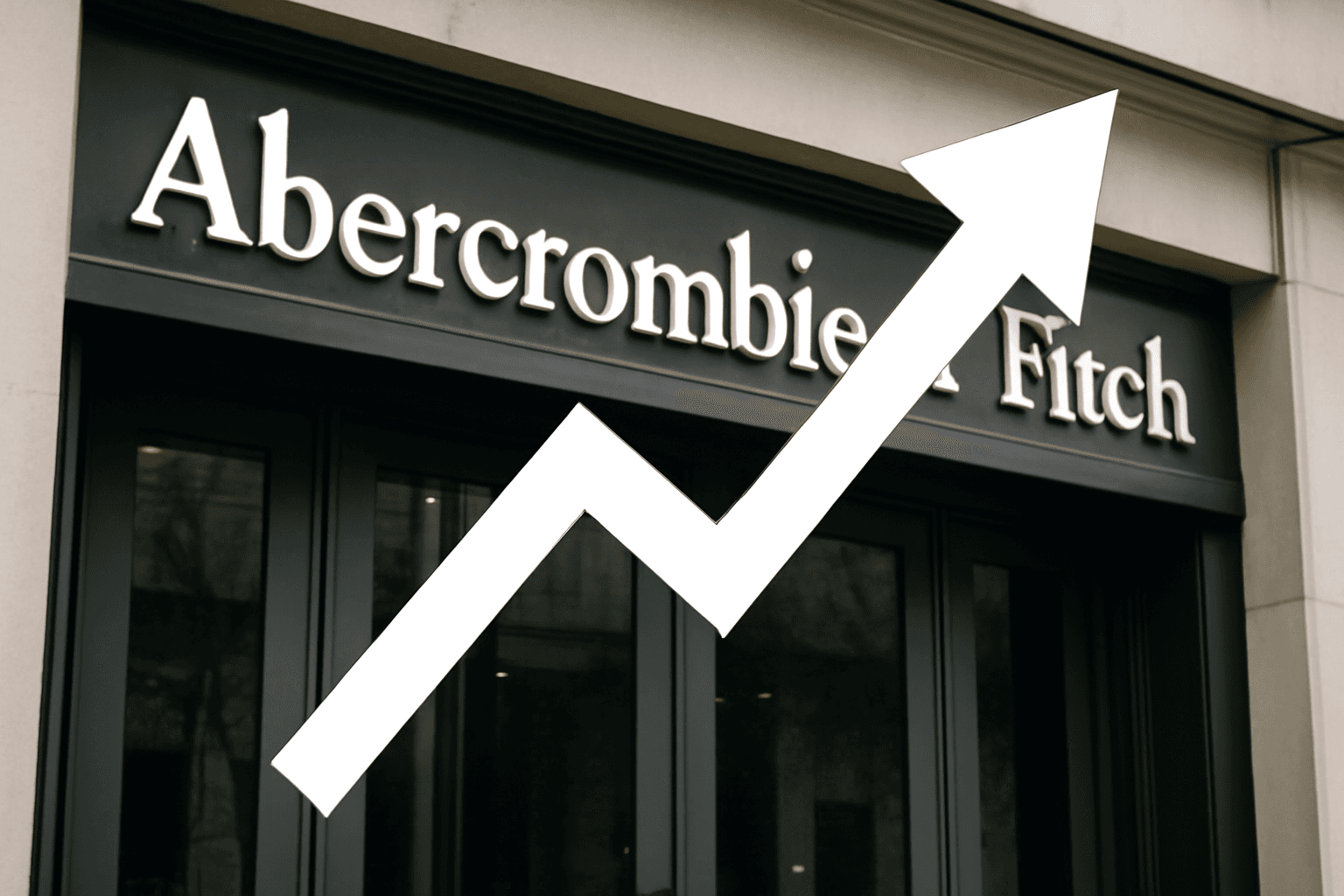Retail Sales Slip Sharply in May Amid Consumer Caution
In May, retail sales in the U.S. declined by 0.9%, exceeding expectations of a 0.6% decrease. This drop, highlighted in the latest Commerce Department report, reflects a notable pullback in consumer spending as concerns about the economic outlook and global tensions loom large.
Detailed Sales Breakdown Reveals Mixed Trends
While overall sales softened, adjusting for factors such as auto dealers, building materials suppliers, and gas stations unveils a more nuanced story. On this basis, often referred to as the 'control group' used for GDP calculations, retail sales actually inched up 0.4% in May.
Excluding vehicle sales alone, spending fell by 0.3%, worse than the anticipated 0.1% rise. This follows a mild contraction in April, which saw a 0.1% decrease.
Sectors Facing Headwinds and Those Seeing Gains
- Building materials and garden stores experienced a 2.7% decline.
- Gasoline station receipts dropped 2%, contributing to the overall retail slide.
- Motor vehicles and parts retailers faced a 3.5% drop, reflecting consumer hesitation ahead of recent tariff announcements.
- Bars and restaurants saw sales fall 0.9%, indicating cautious discretionary spending.
Conversely, some segments bucked the downward trend:
- Miscellaneous retailers surged by 2.9%.
- Online sales climbed 0.9%, underscoring the growing digital shopping preference.
- Furniture stores increased sales by 1.2%.
Consumer Sentiment and Economic Context
Interestingly, consumer sentiment surveys indicated improvement in May despite slower retail spending. The easing of trade war tensions during a 90-day negotiation period seems to have lifted optimism, although caution remains.
The economy's growth trajectory is mixed. Following a 0.2% annualized GDP decline in the first quarter, projections point to a rebound with the second quarter expected to grow near 3.8%, according to tracking models.
Market and Expert Reactions
Following the retail data release, stock futures turned negative and Treasury yields fell, signaling investor wariness. Economic analysts suggest that consumers are increasingly price-conscious and selective about their purchases.
One expert noted that many shoppers preemptively bought vehicles in March to avoid tariffs but have since pulled back from dealerships. Families are meticulously hunting for deals, reluctant to spend without perceived value.
Additional Economic Indicators
On the trade front, import prices held steady in May, defying expectations of a slight decline, while export prices dropped by 0.9%. These figures contribute to the broader economic picture amid ongoing geopolitical uncertainties.
Note: April’s retail sales were corrected to a 0.1% decline following initial misreporting.



















